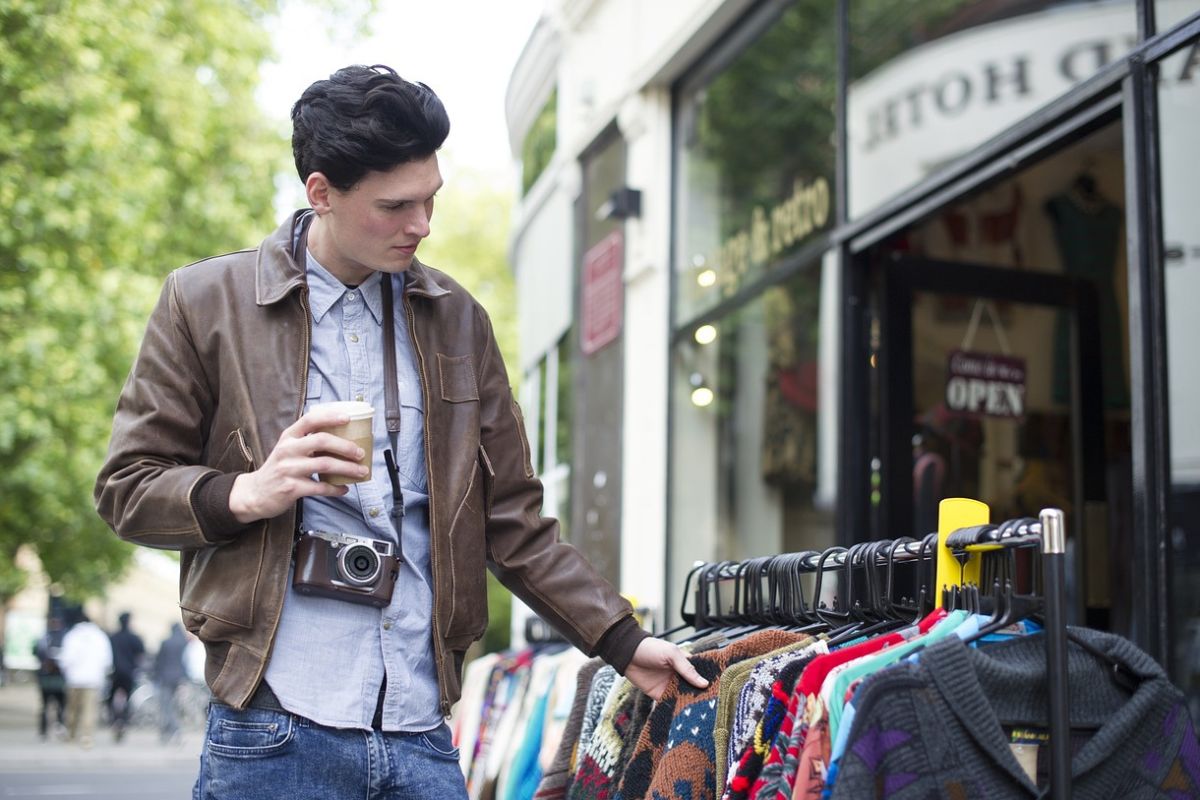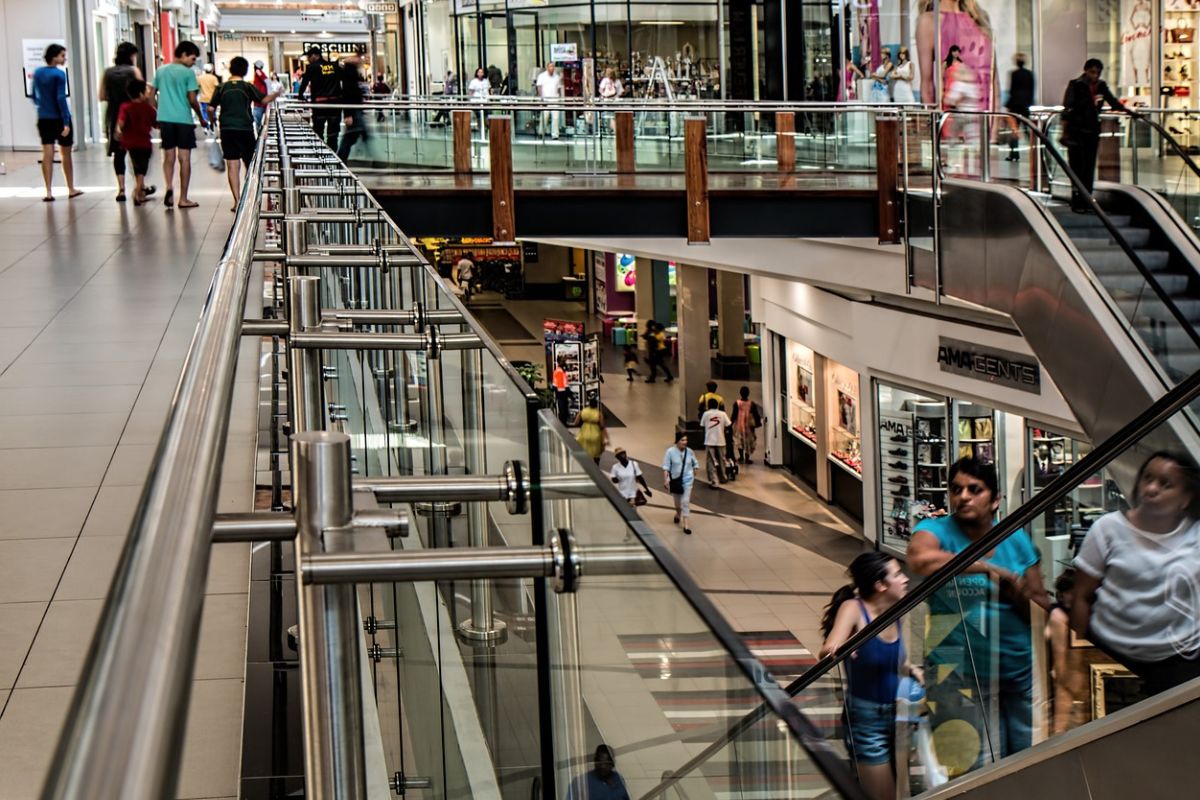As uncertain economic and geopolitical forces continue to swirl around us, there has already been a tightening of purse strings as we cling to the bottom line.
However, an act of initial generosity can act as kindling to fire for an ongoing relationship with a new consumer, just as giving something away for free can be surprisingly effective in helping retain the customers we already have.
Known as the ‘power of free’, this behavioral science-proven mental shortcut speaks to the superpower of free products and services.
Research has repeatedly demonstrated that consumers will shift entrenched behavioral patterns when ‘free’ enters the picture. Free acts as a subconscious emotional trigger, provoking a dopamine rush that makes us feel happier and in turn, affects our decision-making capabilities.
When something is free, however, logic falls off a cliff.
You don’t have to have a master’s in the psychology of pricing to have felt its allure. In a typical transaction, we run a series of decisions to determine whether we’ll commit: financial cost, ease of access, assumed benefit and more. When something is free, however, logic falls off a cliff.
Free is why you ended up with three of the same really-not-that-excellent t-shirts in your drawer because you couldn’t resist the lure of a three-for-two offer. Don’t feel bad. The truth is that we live for free stuff.
The power of zero

Free is hardwired into our brains. In the decision-making process, zero-price or free products are evaluated differently. The big shiny zero tends to blind us from considering any other costs associated with the product and, simultaneously, overestimating the upside we’ll derive.
A fascinating case in point was in 2013 when Baskins Robbins offered everyone in the United Arab Emirates a free scoop of ice cream to celebrate Dubai being announced as host of the World Expo 2020. The crowds and the queues were enormous, despite the oppressive heat. Weird when you consider people were saving US$3 a scoop.
Meanwhile, Burger King provided a master class in the power of a free burger with its Scary Clown Halloween activation in 2017. Across 35 countries, 110,000 people participated in the Come As A Clown, Eat Like A King promotion, trolling McDonald’s simultaneously by dressing up as scary clowns to claim their free Whopper and create social media for days.
Free, it turns out, is far more effective than “almost free”.
If you’ve ever been tempted to buy a glossy magazine purely for the free mascara, free tote bag or complimentary magnifying glass, you’ve been seduced by the power of free. It’s also why we take home free amenity packs from our long-haul travels, free hotel pens or logoed merch from long-ago conferences.
Interestingly, free, it turns out, is far more effective than “almost free.” In his book Predictably Irrational, Professor Dan Ariely demonstrated this with his study, ‘Zero as a Special Price: The True Value of Free Products’, using chocolates as an example.
Setting up in the cafeteria at the Massachusetts Institute of Technology, Ariely set a price point for the premium brand Lindt truffles at US$0.15 per chocolate. In contrast, its cheaper and less luxurious competitor Hershey Kisses was priced at $0.01 each. Unsurprisingly, more than 73 percent of the participants gobbled up the decadent Lindt over Hershey.
However, when the experiment was repeated with Lindt at US$0.14 and free Hershey Kisses, 69 percent of people decided Hershey was the better option.
While the price comparison didn’t change, what did was the addition of the magic word – ‘free’ –demonstrating the absolute power of free in decision-making.
Reducing the risk

Free is perceived to be of higher value because the risk is less. Consumers like to be sure before dolling out good money, particularly in this economic climate. Extrapolate this out in a marketing context, and the power of free goods and services can give customers a sense of safety and security or be used to build brand profiles and uplift sales.
Whether that is free shipping or free returns, free warranties or free samples or the simple act of offering two-for-one instead of half price, consumers tend to over-buy when the word free is bandied about.
Consumers tend to over-buy when the word free is bandied about.
In March of this year, Google Australia released the latest iteration of its Messy Middle research initiative. In this study, Google investigated the dynamic between brands and retailers regarding purchase decisions across five key categories. Its research found that almost two-in-three consumers switched to their second-choice retailer if it reduced delivery friction (free shipping or returns) and used the power of free (gifts with purchase, free accessories, free servicing).
There’s no point trying to fight the power of free. So whether bringing new customers in or keeping more of the ones you’ve got, remember to include free in your marketing arsenal.
Dan Monheit is Co-Founder of award-winning Hardhat, Australia’s foremost creative agency built around behavioral science.



